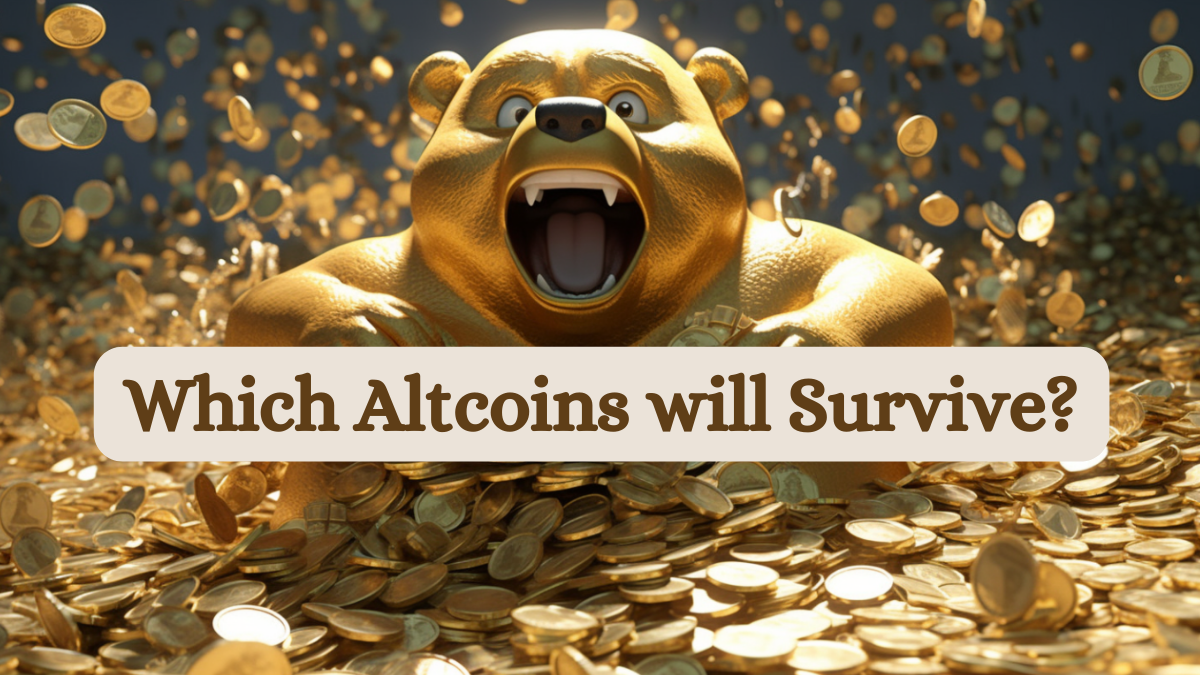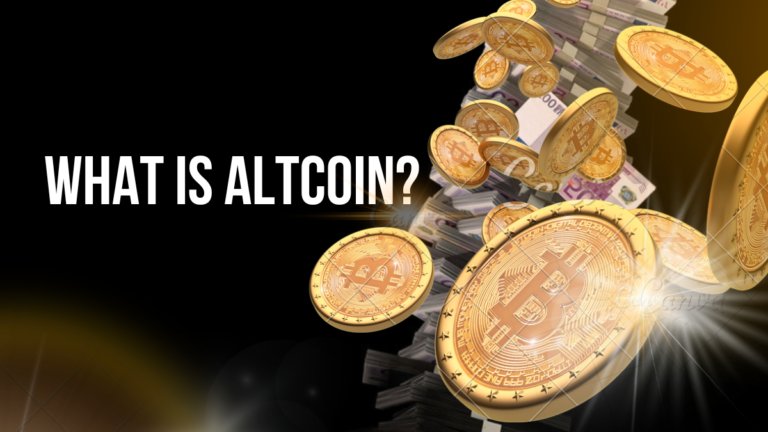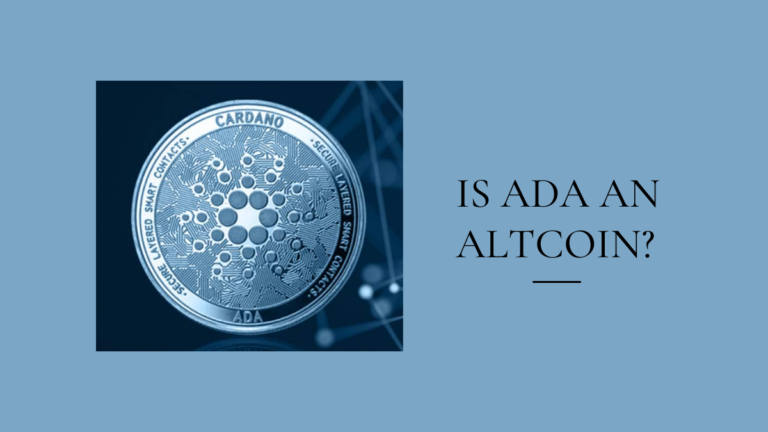Which Altcoins will Survive?
An altcoin is any cryptocurrency other than Bitcoin. The term “altcoin” is short for “alternative coin”. Altcoins are a decentralized form of digital currency, similar to Bitcoin and Ethereum, which use cryptography to secure their transactions and to control the creation of new units.
There are hundreds of altcoins on the market today, and new ones are being created all the time. Many altcoins are simply variations of Bitcoin with slight changes to the code or features. Others are completely different animals altogether.
Investors who want to get in on the cryptocurrency craze but don’t want to put all their eggs in one basket often diversify their portfolios by investing in a variety of different altcoins. This can be a risky strategy, as many altcoins are highly volatile and can lose a significant amount of value very quickly. However, it can also be a lucrative one if timed correctly.
The crypto market is made up of both Bitcoin and altcoins. It is important to note that the majority of trading activity and market capitalization still belongs to Bitcoin. However, altcoins have been gaining ground in recent years and now make up a significant portion of the market.
Types of Altcoins
When it comes to altcoins, there are essentially two different types: those that are forks of Bitcoin, and those that are not. The former type includes Litecoin, Dogecoin, and Namecoin, while the latter type includes Ethereum, Ripple, and Monero.
Bitcoin forks tend to be more popular because they inherit all of the benefits of Bitcoin, such as a large and active community, a well-established infrastructure, and a relatively high degree of liquidity. However, they also come with their own set of risks. For one thing, Bitcoin forks tend to be more volatile than other types of altcoins due to their close association with Bitcoin. For another thing, Bitcoin forks often suffer from a lack of innovation compared to their non-forked counterparts.
Non-forked altcoins, on the other hand, tend to be more innovative but also more risky. They don’t have the same level of community support or infrastructure as Bitcoin forks, which means they can be harder to buy and sell. They also tend to be more volatile than Bitcoin forks. However, non-forked altcoins often offer better returns potential due to their higher degree of risk.
Factors Influencing Survival of Altcoins
When considering which altcoins will survive, it is important to consider the factors that influence their survival. These factors can be divided into three main categories: economic, technological, and political.
The economic factors influencing altcoin survival include the coin’s price, market capitalization, and trading volume. The price of a coin is determined by supply and demand on the open market. If there is high demand for a particular altcoin but limited supply, the price of the coin will increase.
The market capitalization of a coin is the total value of all coins in circulation. A large market cap indicates that there is a lot of interest in the coin and that it is being widely traded. The trading volume of a coin shows how much activity there is around the coin. A high trading volume indicates that there is a lot of interest in the coin and that it is being bought and sold frequently.
The technological factors influencing altcoin survival include the coin’s technology, team, and community. The technology behind a coin must be robust and secure in order to survive. The team behind a coin must be competent and committed to developing the project over the long term. The community around a coin must be active and engaged in order to maintain interest and support for the project.
The political factors influencing altcoin survival include regulation, competition, and forks. Regulation can have a positive or negative impact on an altcoin depending on how it is implemented.
How to Assess the Quality of an Altcoin?
When trying to assess the quality of an altcoin, there are a few key factors you should look at:
- The team behind the project. Do they have a good track record? Are they transparent?
- The technology. Is the blockchain well built and secure? Are the transactions fast and cheap?
- The community. Is there a strong and active community around the project?
- The roadmap. Does the project have a clear roadmap with achievable goals?
If you can answer yes to most of these questions, then the altcoin is likely to be of good quality. Of course, nothing is guaranteed in the cryptocurrency world, but this is a good starting point.
Popular Altcoins and their Performance
There are many popular altcoins on the market today, each with its own unique features and performance. Some of the most popular altcoins include Bitcoin, Ethereum, Litecoin, and Dash.
Bitcoin is the original cryptocurrency and still the most widely used and accepted. It has a large market cap and a strong ecosystem with a loyal following. Ethereum is a close second to Bitcoin in terms of popularity and usage.
It is a smart contract platform that allows for the creation of decentralized applications. Litecoin is often considered the silver to Bitcoin’s gold. It has faster transaction times and lower fees than Bitcoin. Dash is a privacy-focused cryptocurrency that offers anonymous transactions.
All of these altcoins have their own strengths and weaknesses. However, they all have one thing in common: they are allSurviving coins with active communities and real use cases.
Strategies for Investing in Altcoins
When it comes to investing in altcoins, there are a few different strategies that investors can use. Some investors choose to invest in a large number of altcoins, while others may only invest in a few.
One strategy for investing in altcoins is to invest in a diversified portfolio of them. This means investing in a variety of different altcoins in order to mitigate the risk associated with any one particular coin.
Another strategy for investing in altcoins is to focus on coins with strong fundamentals. This means looking for coins with a strong team behind them, a well-developed product, and a healthy community.
Another strategy for investing in altcoins is to simply buy and hold onto them for the long term. This is especially true if an investor believes that the particular coin has good long-term potential.
Conclusion
With the increasing popularity of cryptocurrencies, it can be difficult to know which altcoins will survive in the long run. While some altcoins may have a promising future, others may not make it through.
By doing your own research and looking at factors such as usability, market capitalization, developer activity and liquidity, you can better assess which coins are most likely to succeed in the future. Additionally, diversifying your crypto portfolio is always recommended so that you don’t put all your eggs into one basket when investing in digital currencies.






